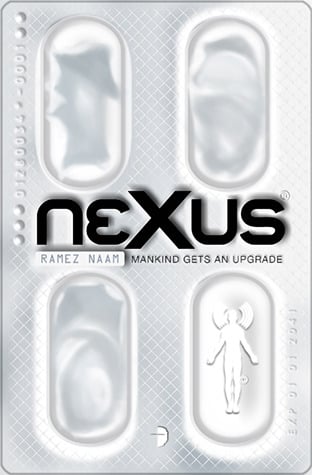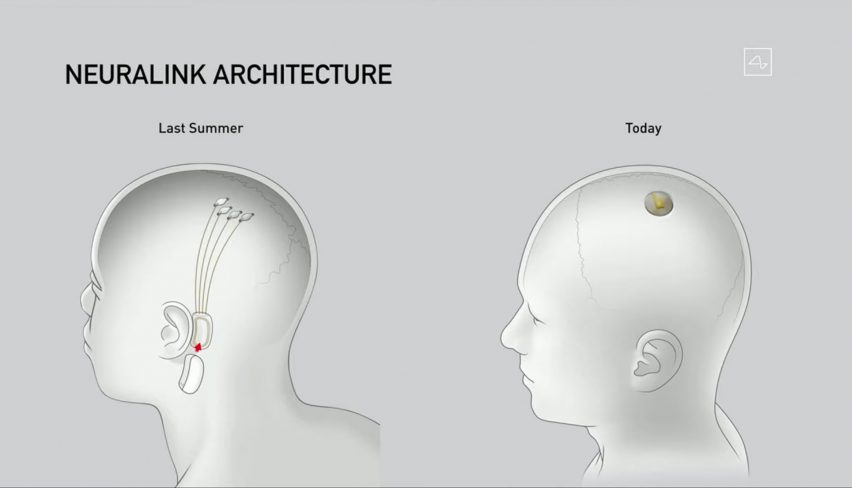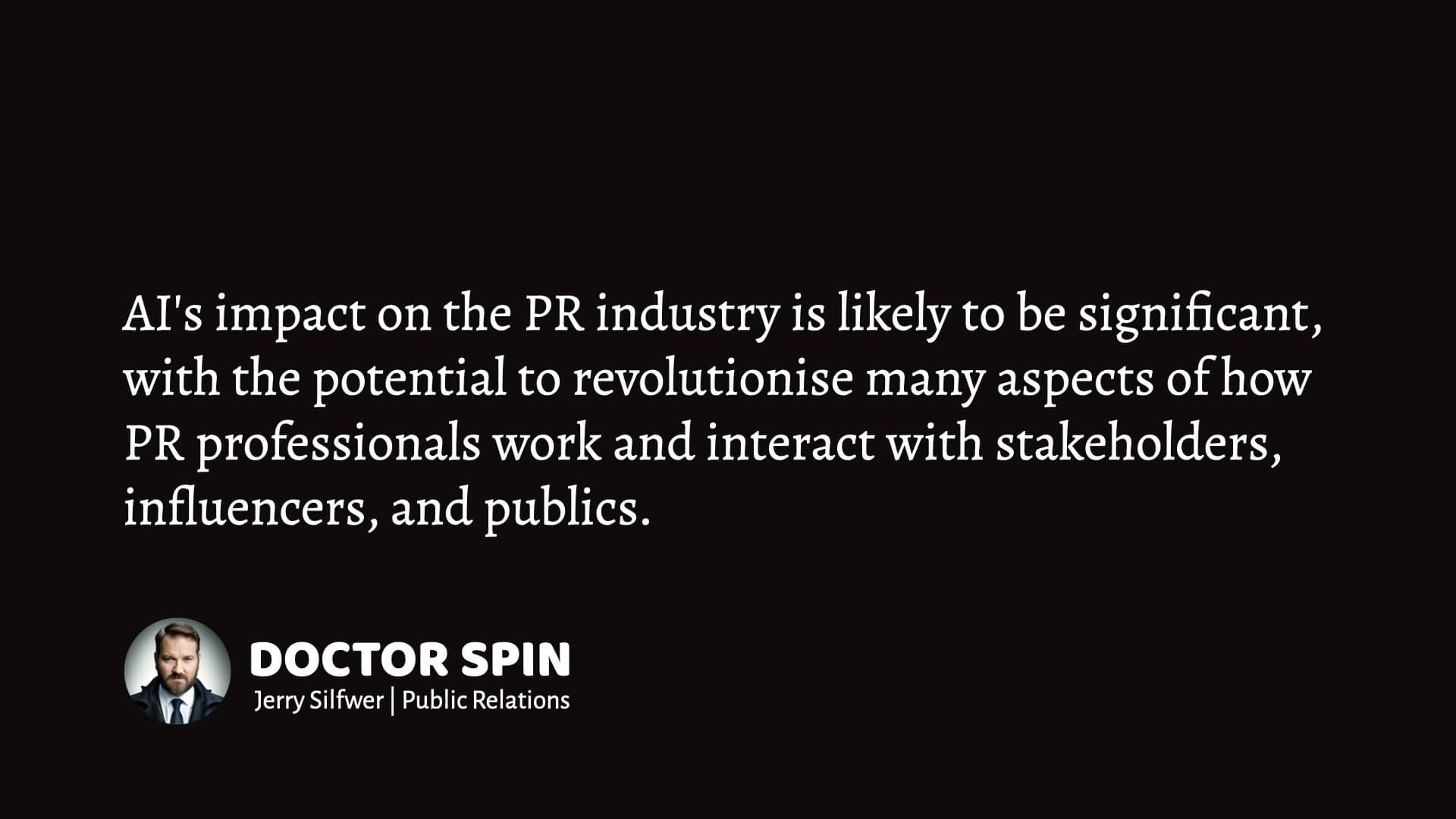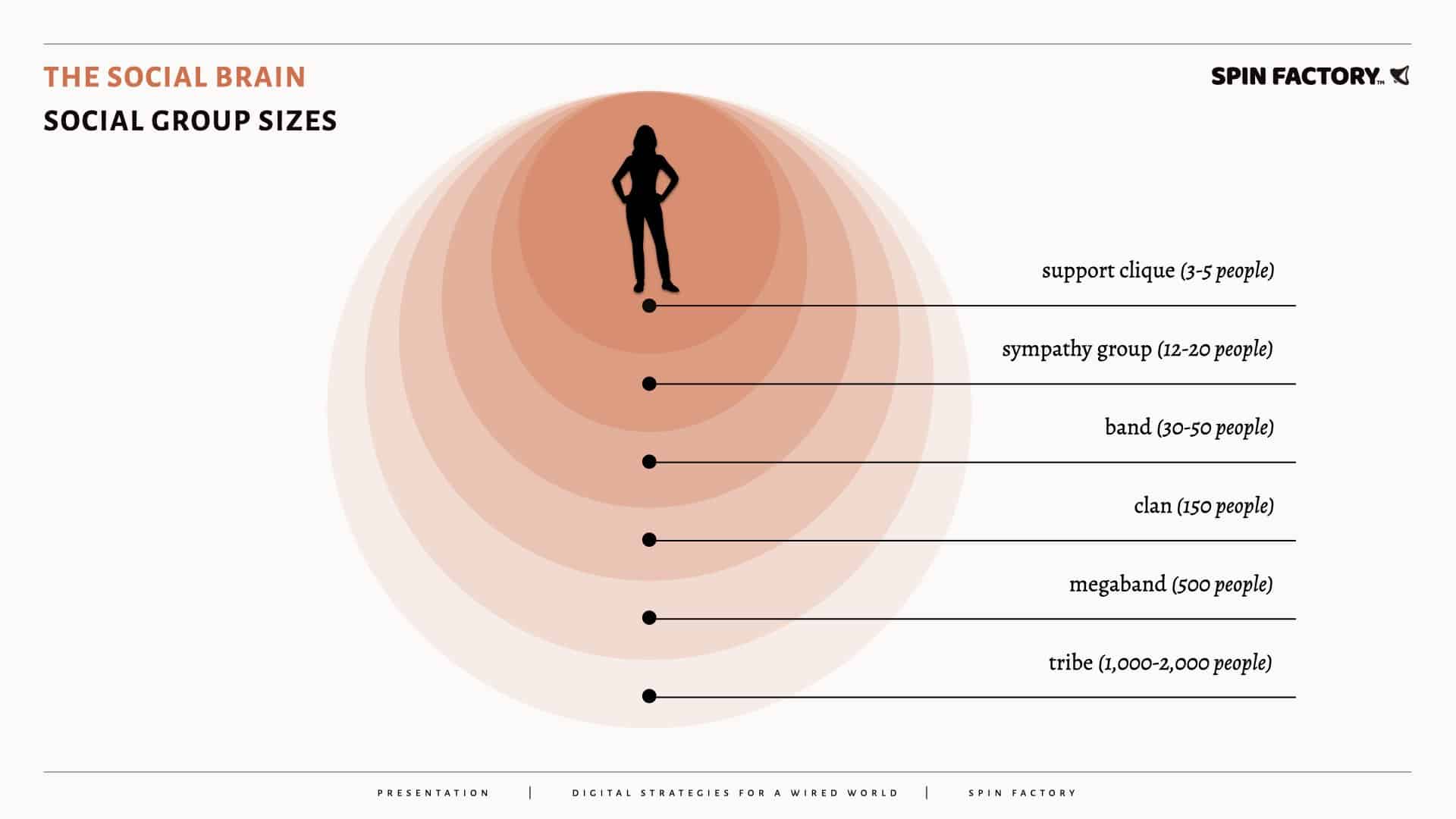Will humans be susceptible to hivemind technology?
Some science fiction concepts persist. One such concept is the idea of connecting humans via digital interfaces.
From mental walkie-talkies to uploading and downloading human minds.
I can’t help but wonder: How far are we from creating brain-interfacing technologies? And would we be susceptible?
Let’s explore:
A Hivemind of Rat Brains
In 2013, the scientist Miguel Nicolelis used electrodes to connect brains. Well, rat brains. The rats in the experiment began to synchronise their electrical brain patterns as if sharing their brains.
In tests to distinguish between brain patterns, the networked rats outperformed individual non-networked rats.
The tasks were simple enough, but the remarkable thing was that these rats weren’t even close to each other. They communicated via the internet. In one of these experiments, the rats were separated by thousands of miles.
“It’s the first organic computer,” scientists explained to The Guardian.
So, scientists have demonstrated an “internet of brains” — in rats.
What’s next?
“I Know Kung Fu”
There’s no shortage of science-fiction creativity regarding digital interfaces for the human brain, like how Neo learns kung fu in The Matrix.

It’s reasonable to speculate about potential use cases for electronic brain enhancements. Learning an ancient martial arts system in the blink of an eye would be cool.
But brain connectivity doesn’t just have to be about adding features to brains. It could also be about adding new states of existence.
Co-existence, even.

The Synchronicity Drug in Nexus
In Nexus, science-fiction writer Ramez Naam suggests a drug allowing you to feel what others are feeling:
“Chuan bought a round of drinks. A bleach blonde Thai girl in a low-cut blouse and unnaturally large breasts came up and snuggled into his arm. He started telling a story about a drug called Synchronicity. Sam’s ears perked up.
‘Synchronicity?’ she innocently inquired. ‘What’s that?
‘It’s N and M together. The champagne of trips.’ He kissed his fingers for emphasis.
‘N as in Nexus?’ She wanted him to spell it out for her.
‘Yeah. And M as in Empathek. The M makes you want to connect, want to understand, want to love. And the N actually lets you feel what other people are feeling. It’s beautiful. Magical.’ ”
Since these synchronisations are transferred electronically, the internet could be a carrier for such connections.
Will we see a new spiritual web? A new porn web? A unique, problem-solving web? A new artistic and creative web? A new type of social media?
Will we see new group sizes?
Social Group Sizes (For Social Brains)
How many social connections you you comfortably sustain? According to the social brain hypothesis, limits exist. 1Zhou WX, Sornette D, Hill RA, Dunbar RI. Discrete hierarchical organization of social group sizes. Proc Biol Sci. 2005 Feb 22;272(1561):439 – 44.
“The ‘social brain hypothesis’ for the evolution of large brains in primates has led to evidence for the coevolution of neocortical size and social group sizes, suggesting that there is a cognitive constraint on group size that depends, in some way, on the volume of neural material available for processing and synthesizing information on social relationships.”
Source: Proceedings of the Royal Society B: Biological Sciences 2Zhou, X., Sornette, D., Hill, R. A., & M. Dunbar, R. I. (2005). Discrete hierarchical organization of social group sizes. Proceedings of the Royal Society B: Biological Sciences, 272(1561), … Continue reading
Scientific evidence suggests that people tend to organise themselves not in an even distribution of group sizes but in discrete hierarchical social groups of more particular sizes:
Alas, there seems to be a discrete statistical order in the complex chaos of human relationships:
“Such discrete scale invariance could be related to that identified in signatures of herding behaviour in financial markets and might reflect a hierarchical processing of social nearness by human brains.“
Source: Proceedings of the Royal Society B: Biological Sciences 3Zhou, X., Sornette, D., Hill, R. A., & M. Dunbar, R. I. (2005). Discrete hierarchical organization of social group sizes. Proceedings of the Royal Society B: Biological Sciences, 272(1561), … Continue reading
Read also: Group Sizes (The Social Brain Hypothesis)
A Neuralink for Humanity
In 2017, Elon Musk and Paul Merolla publicly launched Neuralink. Since then, neuroscientists have come and gone. Not much is known about how it’s going, but Musk was allegedly inspired by science-fiction writer Iain Bank’s neural lace.

Although, some progress has been showcased:
“In April 2021, Neuralink demonstrated a monkey playing the game ‘Pong’ using the Neuralink implant. While similar technology has existed since 2002, when a research group first demonstrated a monkey moving a computer cursor with neural signals, scientists acknowledged the engineering progress in making the implant wireless and increasing the number of implanted electrodes.“
Source: Wikipedia
Critics have argued that Neuralink has been unable to demonstrate any significant breakthroughs. And there hasn’t been exponential development since Nicolelis’ rat brain experiments in 2013.
Technological advancements aside, it’s reasonable to assume that there are two main fields of progress:
Which of these potential directions of progress holds the most promise for near-future application?
Transhumanism and Human Cyborgs
In 2017, CyborgNest launched NorthSense, a small circuit board with piercings to connect it to the wearer’s body. The gadget lets its wearer sense the Earth’s magnetic field and always knows the North direction.
Others have had an RFID chip implanted to use instead of external chips.
Technological augmentations like these are interesting, but the advancements seem primitive. In 2022, CyborgNest is working on launching Sentero, a device that allows you to share experiences with other Sentero users. But they’re struggling, and going out of business seems to be a possible ending for the startup.
As a movement, transhumanism seems to be more of a philosophical and intellectual movement thus far.
On the practical side of human augmentation, we mostly see grand ideas and what appear to be false starts.
The Hard Problem in Neuroscience
Here’s an impossible question:
What’s a thought?
The comfortable answer is that thoughts are aggregates of clean electrical pulses travelling across synapses in a complex network of neurons.
The more uncomfortable answer is that we don’t know.
Thoughts seem to be the building blocks of consciousness — and we know nothing about consciousness. We don’t even know whether it exists or not.
Transferring thoughts in the form of language will likely stay a science-fiction idea for a long time. Brain processing and human memory storage might be very different beasts compared to how our computers are being built today.
Consciousness is the hard problem of neuroscience, it’s the hard problem of artificial intelligence, and it’s the hard problem of human technological interfaces, too.
The workaround for neuroscience is to continue to learn more. The workaround for AI is to assume that consciousness is an illusion and keep improving various systems’ capabilities.
And the workaround for neural connectivity seems to be trial and error:
Connect brains over the internet and investigate how neuroplastic our brains can adapt to each other.
Read also: The Human API: Enter the Cybernetic Resistance
Sharing (Brainwaves) is Caring
As a fan and long-time user of brain.fm, I’d be particularly interested in new types of brainwave-sharing applications.
It’s conceivable to expect specific effects from neuroplasticity — it might be possible for human brains to find new forms of “intuitive communication.”
If we can learn to detect and distinguish between a wide array of signals, two brains could potentially find a type of “Morse code” to send detailed and specific messages to each other.
We could use computer-generated brainwave patterns to enhance learning speed or put people in an optimal mental state for a specific task.
The technology implies a severe leap in the importance of brainwave data. Is this a potential new frontier of data mining to finance the evolution of Metaverse headset technology?
Knowing which mental states make people susceptible to suggestion and social networking sites with brainwave-sharing communities could offer advertisers a new frontier of programmatic advertising.
Affiliate: I use brain.fm to get into mind states of productivity, creativity, and relaxation.
Enter the Hivemind
If I were a betting man, I’d place my money on technology that allows humans to interface with each other. The medical uses for electronic impulse stimuli are great, but the business case seems weak.
What would hivemind technology entail?
We could use hivemind technology to enhance the enjoyment of artistic performances where you can synchronise some of your experience with the artist and the audience.
It could open the door to an enhanced form of human language, a hivemind, where you can synchronise your brain patterns using technology.
Hivemind technologies will likely also be met by a techlash — severe challenges regarding legality and ethics.
On a more philosophical level, we might also be forced to ask ourselves:

THANKS FOR READING.
Need PR help? Hire me here.

PR Resource: How AI Will Impact PR
PR Beyond AI
Whenever I’m asked what I do for a living, I reply, “I help organisations to communicate better.” That, to me, has always felt like an accurate and meaningful answer.
But progress is unavoidable.
As the AI Revolution makes its presence felt, I think about what ‘communicating better’ will mean as we move forward.
I’m wondering:
Replacing Humans — A Good or Bad Idea?
During the Industrial Revolution, society underwent three distinct phases:
Based on the three phases of the Industrial Revolution, we can see that whatever comes afterwards is a natural outcome of the industrialisation process.
The result wasn’t terrible. The AI Revolution may lead to similar outcomes.
How AI Will Impact PR (Probably)
Overall, AI’s impact on the PR industry is likely to be significant, with the potential to revolutionise many aspects of how PR professionals work and interact with stakeholders, influencers, and publics.

There are several ways in which artificial intelligence (AI) is likely to impact the public relations (PR) industry.
Here are a few examples:
More IT = We Need More (Not Less) PR Skills
Historically, societal progress has often meant that humans have been freed to think, communicate, and create. And it’s usually in these rare and inspired times of enlightenment that we take great strides towards discovering meaning, creating art, and understanding the universe.
For better or worse, public relations is a lubricant for the interface between the industrial systems and real people engaged in producing and consuming.
This is how PR professionals have found their role in the greater scheme of societal development.
This is likely how we’ll find our footing beyond AI, too.
In a post-AI society, human-to-human communication skills will likely be as valued as they are today. Perhaps even more.
Read also: PR Beyond AI
Annotations
| 1 | Zhou WX, Sornette D, Hill RA, Dunbar RI. Discrete hierarchical organization of social group sizes. Proc Biol Sci. 2005 Feb 22;272(1561):439 – 44. |
|---|---|
| 2, 3 | Zhou, X., Sornette, D., Hill, R. A., & M. Dunbar, R. I. (2005). Discrete hierarchical organization of social group sizes. Proceedings of the Royal Society B: Biological Sciences, 272(1561), 439 – 444. https://doi.org/10.1098/rspb.2004.2970 |
| 4 | Silfwer, J. (2023, March 20). The AI Content Explosion. Doctor Spin | The PR Blog. https://doctorspin.net/ai-content-explosion/ |



